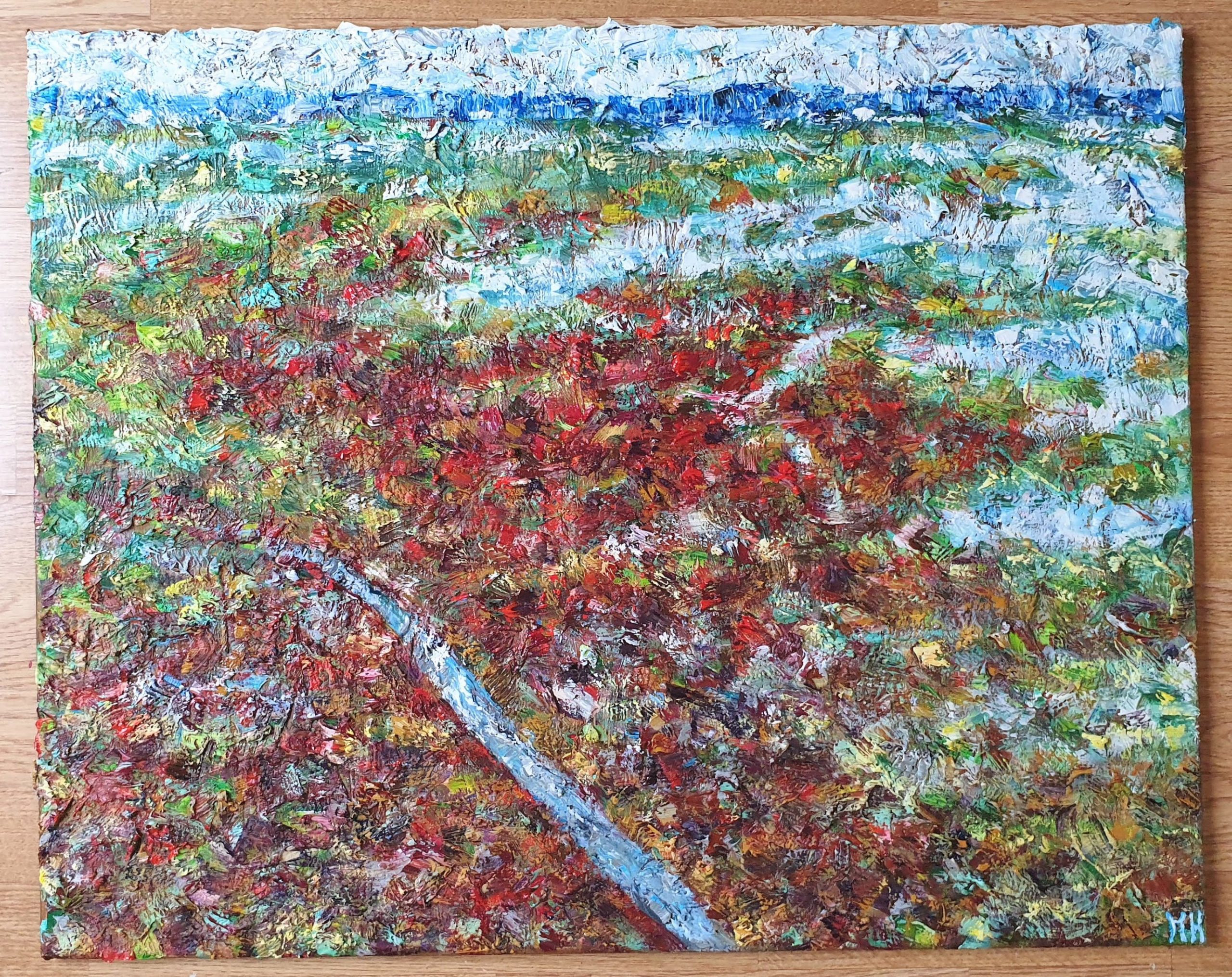Welcome to the Social Art Award 2025 – Online Gallery!
🌊 Dear friends of art and transformation, 🌊
A heartfelt thank you to all artists and creatives who submitted their powerful works for this year’s Social Art Award under the theme: “Planetary Healing – Blue Tribes for Ocean Health.” Your inspiring visions speak to ocean restoration, biodiversity, and reimagining our coexistence with all life forms on Earth.
After receiving 922 submissions from across all continents, and concluding a very active public voting phase, the Social Art Award now enters its next chapter:
🔹 What’s next?
The professional jury panel is currently reviewing and selecting the TOP 100 entries that will be featured in the official Social Art Award 2025 book. In parallel, the two public voting winners will move forward as wildcards into the final jury round.
🔹 Coming up:
-
Shortlisted artists (TOP 10) will be announced by mid-June.
-
Winners of the Social Art Award 2025 will be revealed at our Online Award Ceremony on July 2, 2025.
We invite you to stay connected as we celebrate the power of Social Art to drive dialogue, awareness, and collective transformation.
Let’s continue to amplify art as a force for Planetary Healing.
Wallasea Island - RSPB Nature Reserve
Madeleina
This abstract landscape oil painting depicts a timelapse of the restoration project on Wallasea Island - RSPB reserve in the UK. The newly created saltmarsh, mudflats and lagoons was created from three million tonnes of soil excavated during the creation of the Elizabeth Line in London, which the Royal Society for the Protection of Birds used to raise land levels and create a new 115-hectare intertidal area of saltmarsh, islands and mudflats (known as Jubilee Marsh). It's now a wildlife-rich haven, and the perfect spot for many invertebrates and fish to flourish, and for birds to feed and roost.
This abstract landscape oil painting depicts a timelapse of the restoration project on Wallasea Island - RSPB reserve in the UK. The newly created saltmarsh, mudflats and lagoons was created from three million tonnes of soil excavated during the creation of the Elizabeth Line in London, which the Royal Society for the Protection of Birds used to raise land levels and create a new 115-hectare intertidal area of saltmarsh, islands and mudflats (known as Jubilee Marsh). It's now a wildlife-rich haven, and the perfect spot for many invertebrates and fish to flourish, and for birds to feed and roost.



